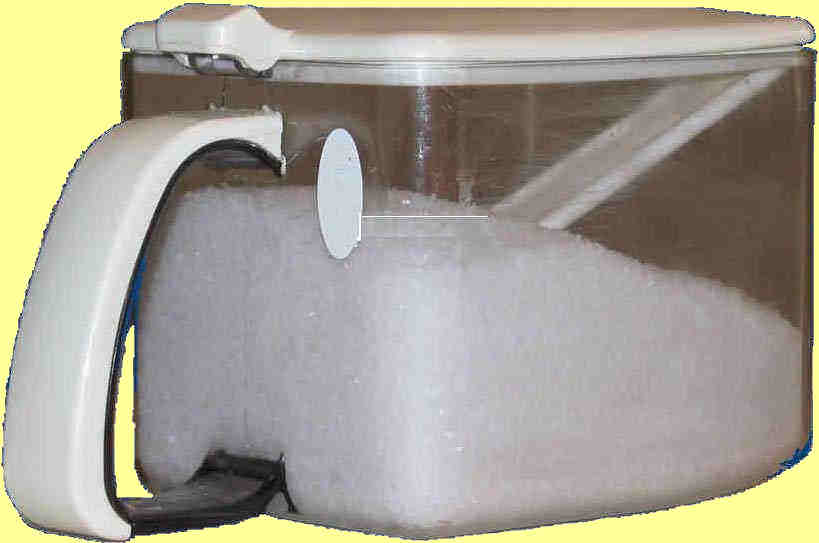






|
|
 |
 |
 |
 |
 |
 |
 |
 |
 |
 |
 | |
 |
is recorded before downward movement of particles occurs |
Experiments 1 & 3 involved the downward movement of particles before the angle of
repose was established. In Experiment 1, the particles rushed down from the funnel
and would continue its movement by their momentum. In Experiment 3, the flow out of
the jar would drag other particles with its force. In Experiment 4, there was also
movement of particles but more under control. However, the final lifting of the can
would leave a flat top on the pile and a convex slope. But in Experiment 2, there was
no flow of particles in the cylinder because the rolling of the cylinder was stopped
as soon as the particles began to show the tendency of falling.
 |
 |
 |
before angle of repose is established | ||
The highest possible value in the results is an important criterion for evaluation,
but the four methods could also be compared in terms of their cleanliness and ease
to use. The second experiment has everything inside the container and so it would not
cause a mess. It is also easy to use because the container is all you need. On the
other hand, Experiment 1 needs more efforts to clean up, and Experiment 3 requires more
equipment to complete. Both of them are not as desirable as Experiment 2.
Ratings on the Experiments
I wanted to see how the four experiments compared with one another. The following table shows the ratings I gave to the different methods.
 |
 |
 |
 |
|
Amongst the total ratings from the table for the experiments, the method in Experiment 2 has the highest score, with the highest rating for all three criteria. Therefore that method is highly recommended to be used to measure the angle of repose of different particles, especially in the classroom or at home.
However, it should be noted that the results produced in Experiment 2 could only be
achieved in a controlled environment with no down-slope movement of particles. In reality, angle of repose is usually formed
by particles falling from above (e.g. a talus slope under a cliff formed from rockfalls).
Therefore the methods of Experiments 1 & 3 resemble more what actually would happen in
the real environment although they do not achieve the greatest angles in their results.
 |
 |